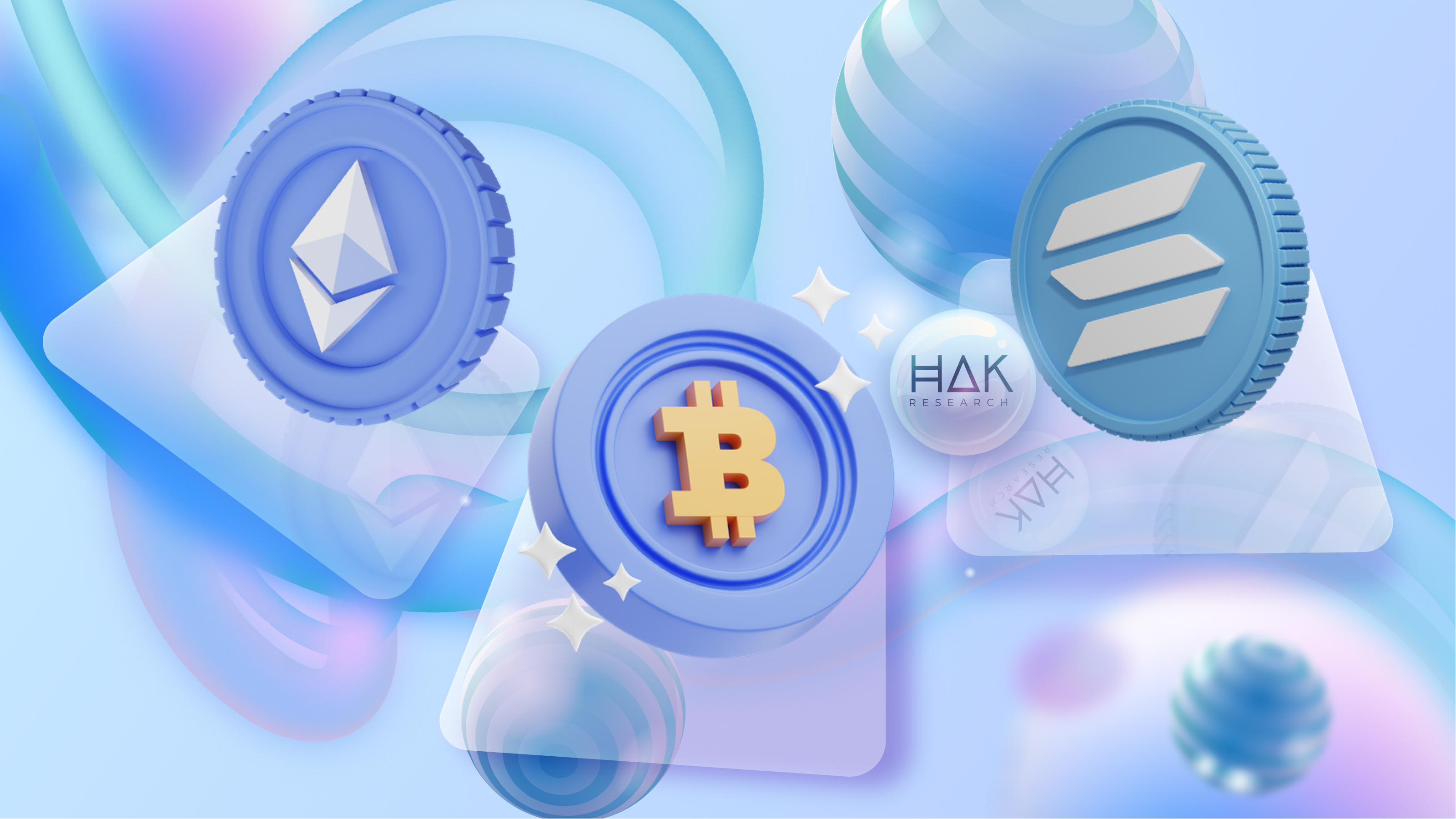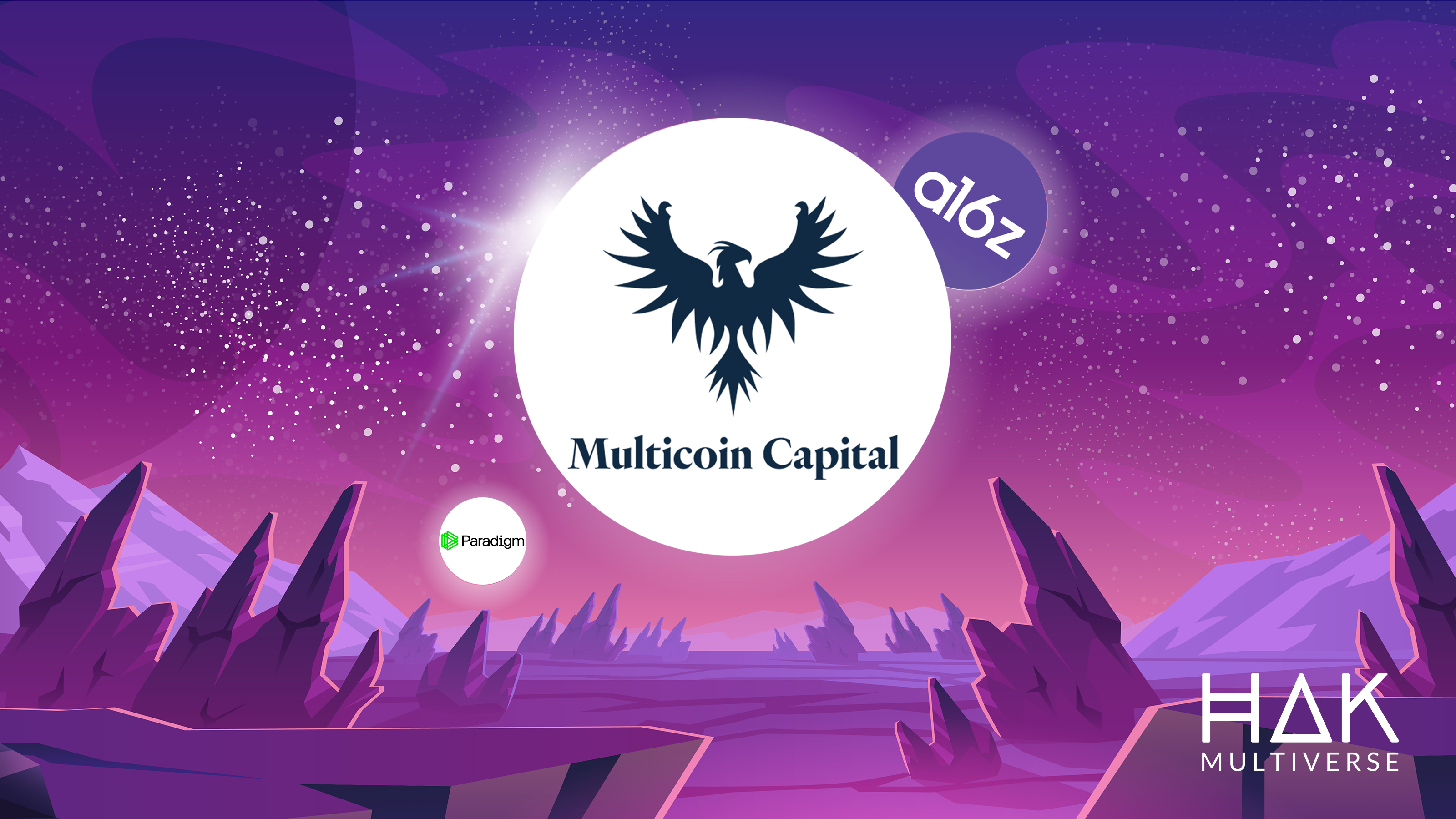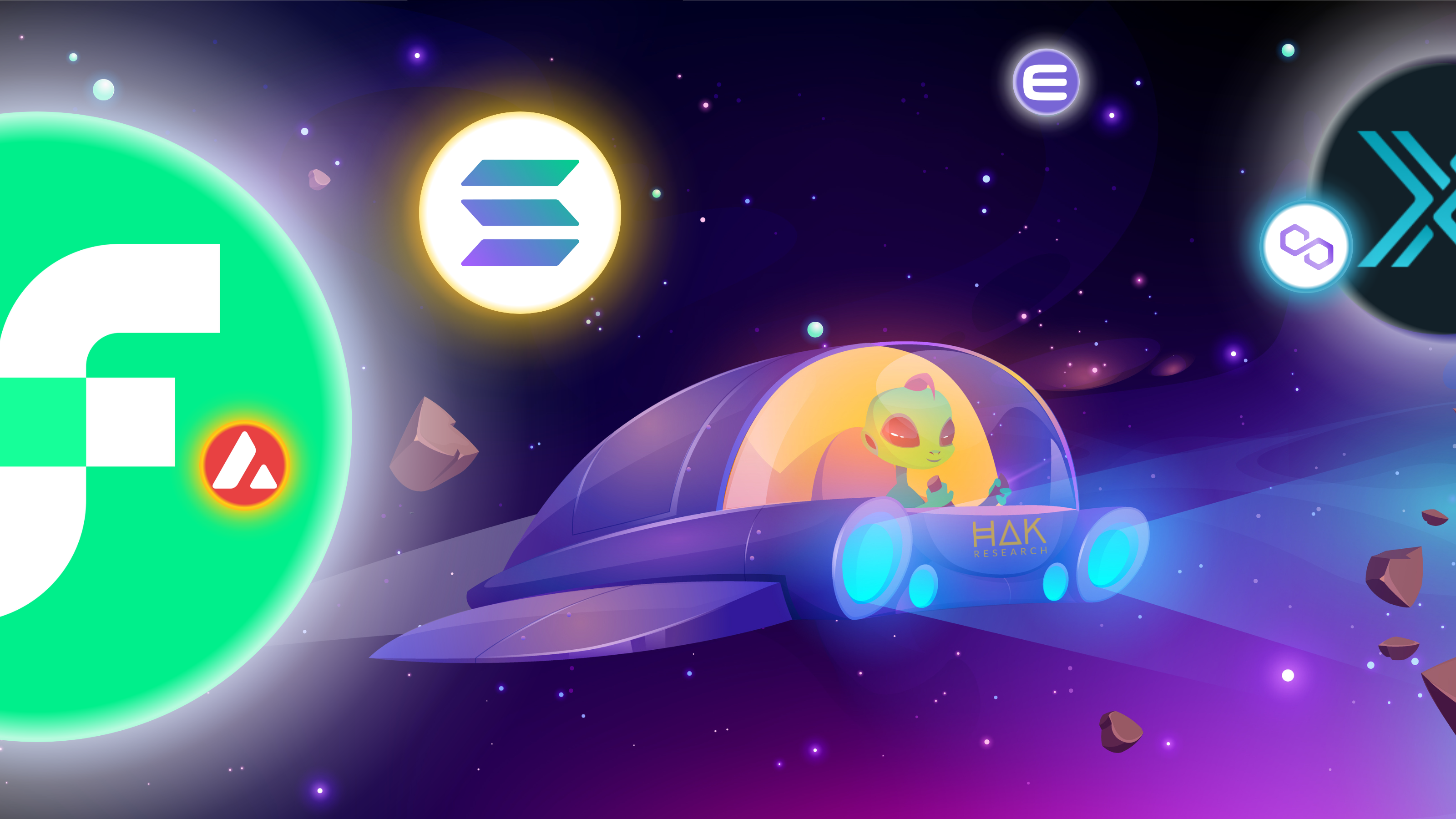
In the context of the continuously fluctuating crypto market, models like liquidity provision (LP) and staking are becoming popular tools for optimizing profits. However, numerous projects have taken advantage of FOMO psychology to trap investors. This article analyzes two typical cases: Binance Alpha & Virtuals Protocol – where strategies that seem safe hide high risks, especially for inexperienced individuals or those who do not manage risks well.
Binance Alpha & Risks for Liquidity Providers
Market Context
Binance Alpha has been and continues to be one of the main channels for earning money from investors recently. After a free initial period, Binance began launching the Earn Point program. There are many ways to participate in Earn Point such as holding assets on Binance Wallet or Exchange (the more you hold, the higher the points), and participating in trading listed tokens on Binance Alpha.
The greater the profits, the more FOMO plays into Binance Alpha. The FOMO here comes not only from many individuals participating but also from multiple farms getting involved in the Binance Alpha game.
How the Trap Works
There are 2 factors that give rise to the liquidity provision model on Binance Alpha:
- Massive trading volume.
- Altcoin prices do not fluctuate too much.
With these two factors stimulating both investors and farms to begin participating in the liquidity provision process for the Altcoins with the largest trading volumes on Binance Alpha at a price range of only 0.1 – 2%. In reality, this strategy has worked quite effectively, yielding returns of 1 – 2% based on total investment for liquidity providers. But they do not realize that this is a trap set by the projects.
Frankly, the quality of projects launched on Binance Alpha is incredibly low; it can be said that many projects find ways to get onto Binance Alpha to exit liquidity. In the context where narratives from AI, Layer 2, RWA, etc. no longer attract investors, projects seeking to exit find it very challenging to generate genuine FOMO, therefore they look for other ways to exit, targeting liquidity providers.
1-2% daily interest is no different from a piece of cheese on a mouse trap set by development teams. It feeds the mice day by day, with today's liquidity providers providing $1,000 but when they see a piece of cheese too tempting, they might spend up to $10,000 even hundreds of thousands of dollars to secure a bigger piece of cheese. It should be noted that with such a narrow range, liquidity providers will also buy that token within that value when the price token is out of range.

What was bound to happen eventually came when LPs became the riskiest, as projects collapsed en masse. Notably:
- ZKJ – The Native Token of Polyhera, considered a Stablecoin of the market, plummeted from $2 to only $0.3 within just a few minutes.
- KOGE dropped 50% in a very short time from $63 to $30.
Virtuals Protocol & Risks When Staking AI Agents
The development team of Virtuals Protocol is always finding ways for AI Agents to be the least sold because the demand for purchasing AI Agents from investors is almost non-existent. Therefore, to ensure that the price of AI Agents remains sustainable and appealing to investors participating in Genesis Point, it is mandatory to prevent early sales of these purchases from Pre Sales.
Initially, Virtuals Protocol set the condition that investors could not sell AI Agents purchased during the Pre Sales round for at least 10 days; in addition, holding AI Agents in the user's wallet would earn additional Virgen Points. However, this was not sufficient, and the Virtuals team created a stricter game, whereby users wanting to earn Virgen Points from holding AI Agents must participate in staking these AI Agents. Another condition added is that the unstaking period would extend to 14 days.
Investors in the frenzy of earning Virgen Points and optimizing the amount they could receive rush to stake AI Agents, unaware that they would not have any way to control their position of AI Agents during the staking & unstaking period. And it seems they have not realized the lessons from the end of 2024 and early 2025 concerning AI Agents.
With the war between Israel & Iran breaking out, the Crypto market is shaking violently; naturally, BTC has experienced corrections, followed by strong adjustments from the AI Agents market.
As of the time of writing, most AI Agents that previously shook the Virtuals Protocol ecosystem include:
- VIRGEN saw a 6x drop from its peak.
- ARBUS saw a 5x drop from its peak.
- MANEKI saw a 25x drop from its peak.
- IRIS saw a 10x drop from its peak.
- SOLACE saw a 5x drop from its peak.
- …
Hard Lessons Learned
First, with the Binance story, I recognized early on not to participate & did not share with the community because in weighing Risk & Reward we have:
- Reward: 1 – 2% daily profit. However, this profit is also not guaranteed as in some cases, when prices adjust by a few %, it could wipe out profits for that day.
- Risk: In a volatile Altcoin market, prices can drop 20 – 50% in the blink of an eye, potentially leading to a sudden loss of 20 – 50% total asset value.
Therefore, from a personal perspective, I see the risk in providing liquidity on Binance Alpha as very high, especially in a bad market context where it could be pushed even higher than the theory suggests.
With Virtuals, a seasoned investor will certainly recognize this as a trap because you will not be able to do anything with the token once staked or during the 14-day unstake period. Hence, I also share my strategy of not participating in staking AI Agents but rather waiting for the right moment to take profits successfully.
So, it is essential to
- Know when to take profits when it feels sufficient (don't wait until too late because overindulgence creates FOMO and FOMO won't take profits).
- Know when to stop when a project starts to turn against itself.
- Know how to manage risk. Stepping into any game requires calculating the highest risk and lowest profit, don't rush in like an uninformed mouse.
Conclusion
Through the two examples from Binance Alpha & Virtuals Protocol, it is evident that LP and staking models are not always "easy to eat." When rewards are designed unusually appealing, it could signal a trap. Investors need to stay alert, not just focus on short-term ROI while neglecting the potential for loss of capital or liquidity. Conducting thorough risk analysis, especially in an unstable market context, will help to limit the occurrence of significant unexpected losses.












